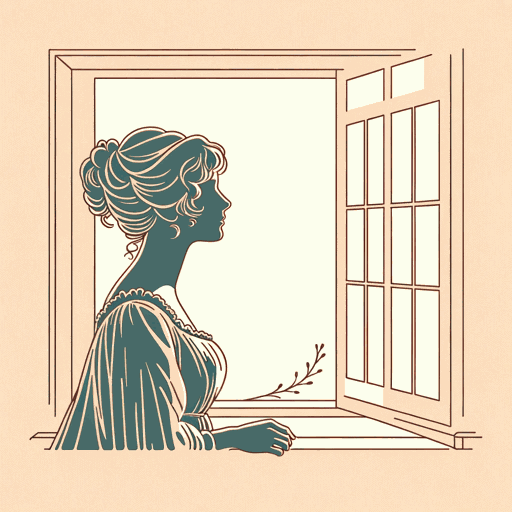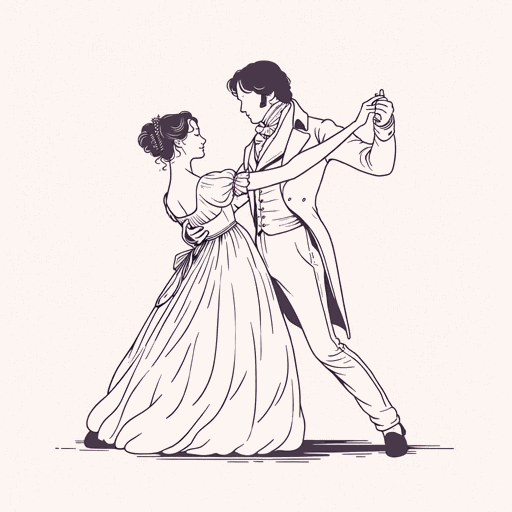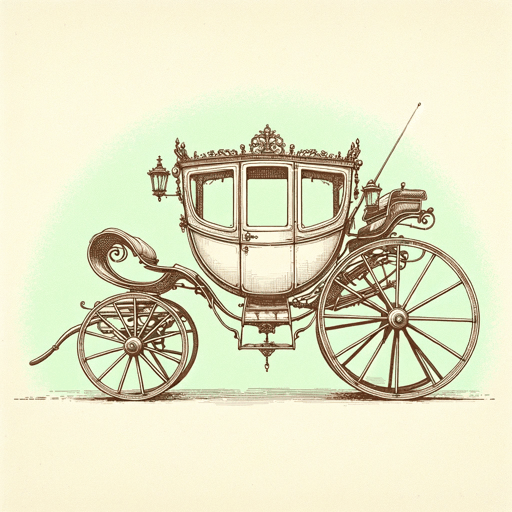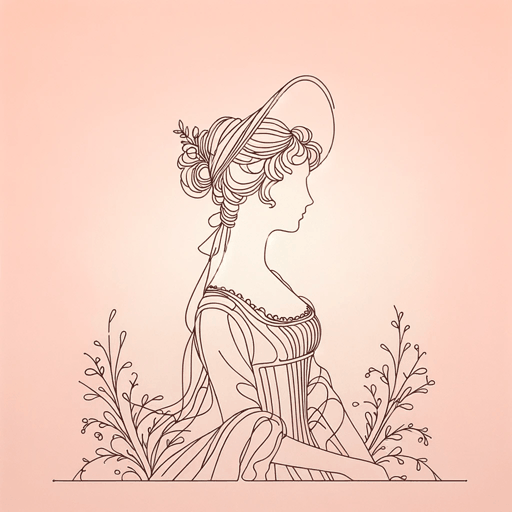116 pages • 3 hours read
Jane AustenSense and Sensibility
Fiction | Novel | Adult | Published in 1811A modern alternative to SparkNotes and CliffsNotes, SuperSummary offers high-quality Study Guides with detailed chapter summaries and analysis of major themes, characters, and more. For select classroom titles, we also provide Teaching Guides with discussion and quiz questions to prompt student engagement.
Themes
Sensibility Versus Real Feeling
Austen’s novel draws a distinction between the cult of sensibility—a social and literary movement of her time that lauded being ruled by one’s emotions—and real feeling, which constitutes sensitivity to others’ emotions in addition to one’s own. While Marianne is aligned explicitly with sensibility, Elinor disdains overt displays of emotion, preferring to seek out concrete evidence and respond accordingly.
From the outset, Marianne allows her emotions to dictate her actions despite being “sensible and clever” (5). Mrs. Dashwood’s encouragement of Marianne’s sensibility mirrors the fashionable attitude of the Romantic period, where people who were overcome by emotion were seen as more instinctive, sensitive and appealing. Given that getting carried away is the opposite of the rationality required in the male institutions of public life during Austen's time, sensibility is an especially feminine trait. Thus, Marianne’s sensibility would make her seem even more feminine, and so more attractive to men.
Still, Marianne’s self-involved emotional world causes her to transgress the societal expectations for young ladies of late 18th-century England. She neglects her appearance and the obsequious manners required for social influence in the throes of heartbreak, and she takes solitary walks to indulge her feelings even further. Austen does not celebrate this kind of independence; instead, she frames Marianne's attitude and actions as selfish and even foolish.
Related Titles
By Jane Austen

Emma
Jane Austen

Lady Susan
Jane Austen

Mansfield Park
Jane Austen

Northanger Abbey
Jane Austen

Persuasion
Jane Austen

Pride and Prejudice
Jane Austen

Pride and Prejudice and Zombies
Seth Grahame-Smith, Jane Austen

Sanditon
Jane Austen
Featured Collections
Beauty
View Collection
Books Made into Movies
View Collection
British Literature
View Collection
Challenging Authority
View Collection
Class
View Collection
Class
View Collection
Feminist Reads
View Collection
Power
View Collection
Pride & Shame
View Collection
Romance
View Collection
Romanticism / Romantic Period
View Collection
School Book List Titles
View Collection
Trust & Doubt
View Collection
Truth & Lies
View Collection
TV Shows Based on Books
View Collection
Valentine's Day Reads: The Theme of Love
View Collection

